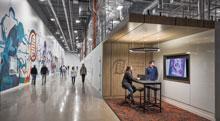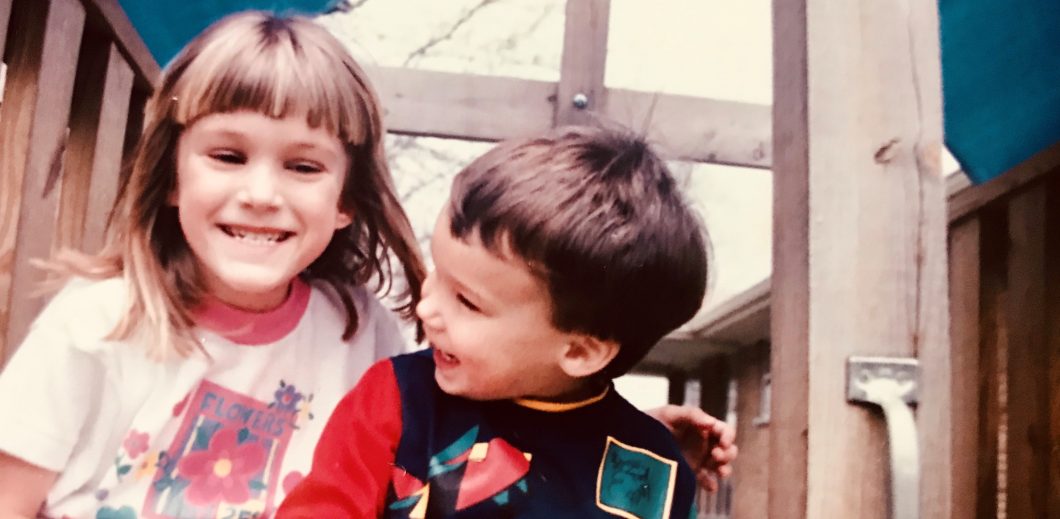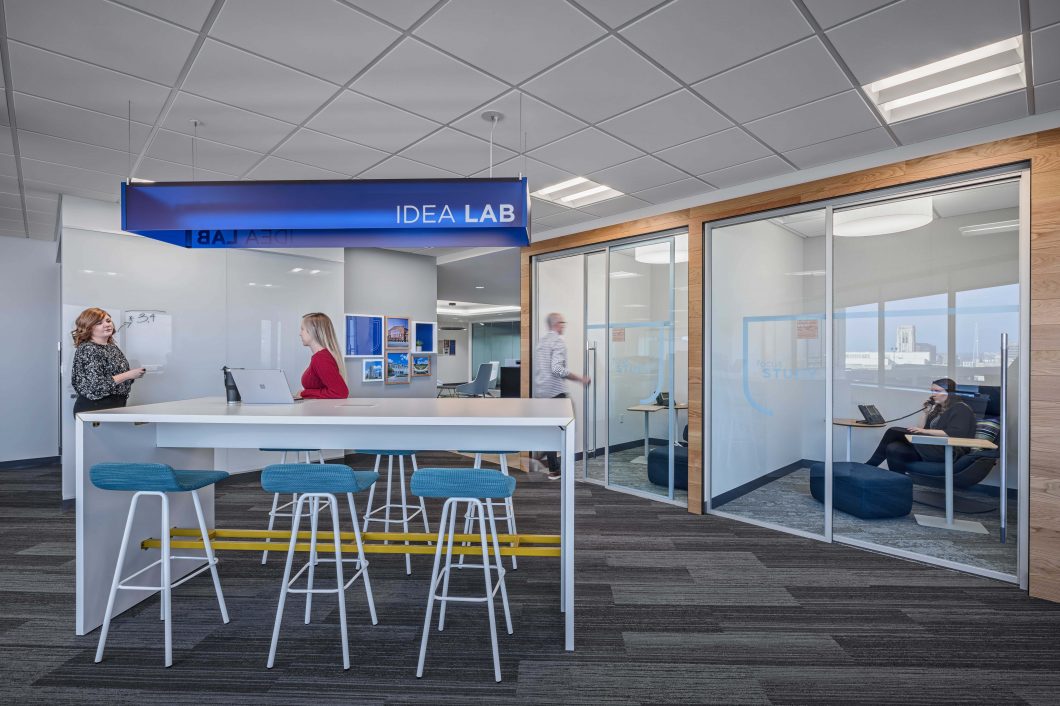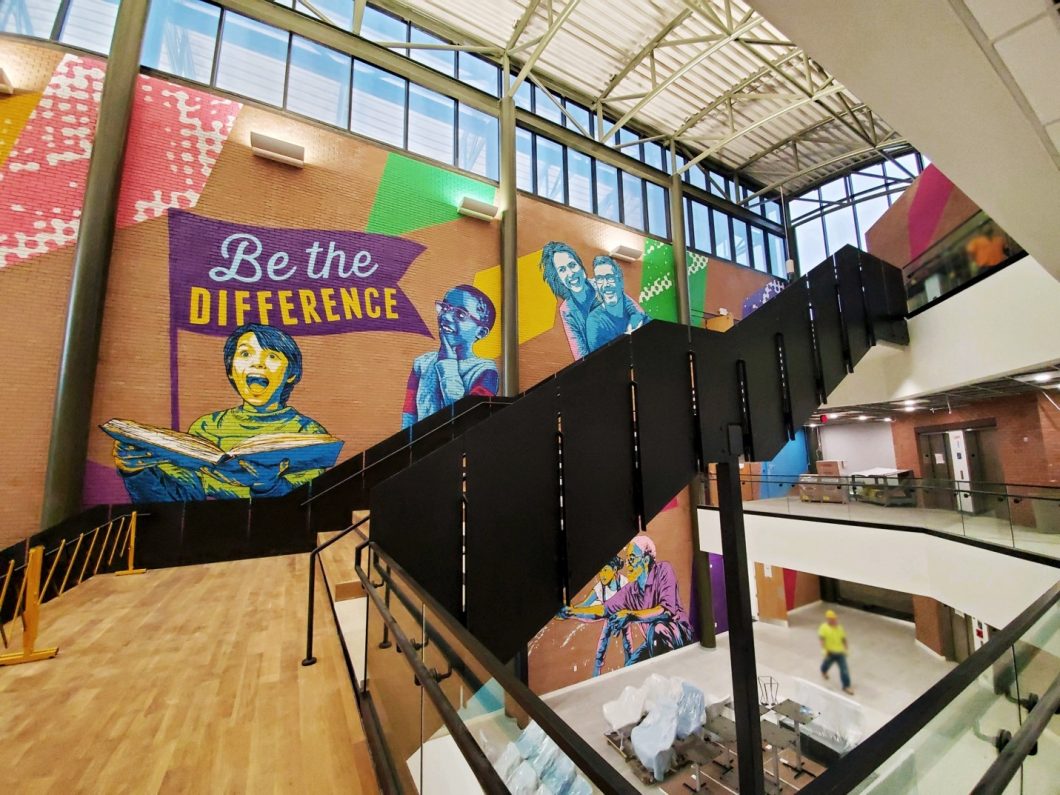
Building Memories

Memories are built through place, narrative, and emotion.
What are your happiest early memories? Playing on an orange swing set at your kindergarten? Hiding under a great pine tree where you could let your imagination run wild? Sitting in suspense as your parent-figure read stories to you before bed?
As you sit at your desk recalling your childhood, nostalgia floods warmly from your thoughts through to your fingertips. Memories of youth’s simplicity make you slow down a bit, just long enough to take a pause in your day and appreciate the little things that much more. You smell the fresh pot of coffee you started brewing a minute ago, anticipating your first cup of the day. You admire the patterns on the leaves of your desk plant that has somehow survived your inconsistent watering. With one headphone in, you tune in to your favorite playlist and hear the hum of activity as people start their day.
Memories drive powerful, successful design
Memories of our past experiences are powerful triggers in the present and influencers of the future. They shape our interactions with others and determine what we garner from the spaces we inhabit every day. One may not remember the details surrounding a particular moment, but one can recall key components that build the memory in question. For instance, you may not remember with whom you played or what brought you to be playing together, but you might recall the orange color of the swing set, the feeling of the wind blowing through your hair, and the emotion of pure joy the experience brought you.
Recollections such as these occur because memories are formed in the brain through place, narrative, and emotion. When leveraged appropriately, these critical components can drive powerful and successful design solutions. Whatever the setting, successful design engages individuals whose identities have been shaped by their own personal experiences, informs their biases, and influences their perceptions of the world as they build new memories.
Leveraging place, narrative, and emotion in design

PLACE is inherently a factor because the function and form of space initiates interaction. BHDP’s multidisciplinary teams work together to create dynamic environments, spaces for play, and bring people together to collaborate. These experiences are driven via a combination of strategy, data, empathy, and creative expertise which pay attention to the details to make a resounding impact. The resulting design solutions are driven by a unifying narrative that aligns each component to specific business goals.
NARRATIVE is the integration of culture into a space that has been designed to affect key behaviors. It embraces all aspects of company culture, from introducing the overarching strategic messaging to the individual expression of the people who work there. It goes beyond a brand’s guidelines and metrics to not only showcase the human side of a company’s success but to continue to foster its growth.
In other words, thoughtful narrative that has been designed to successfully integrate with the built environment defines our prospective memories. It inspires us and influences our future. Strategic narrative woven through spaces that are aligned to an organization’s mission can have the same psychological benefits as deliberate daydreaming. “Fantasizing about specific goals can foster creativity, help someone better understand their wants and needs, and even enable them to plan for the future.” Defining intangible aspirations through visualization makes otherwise seemingly lofty goals concrete, building a reality of “possible.”

Experiential graphics and murals within Ensemble Health Partners portray associates at the company “redefining the possible.” The mural featured in this photo was developed and installed in partnership with Chroma Projects and Powerhouse Factories. Photo provided by Chroma Projects.
EMOTION is further heightened when capitalizing on the five human senses. By connecting the design of place and narrative with the senses, enhanced and successful design solutions trigger the sensory memory, which functions to build associations with retrospective memories of the past. “Humans process stimuli first with their sensory memory” and when strategically engaged, design builds anticipation, transforming new experiences from sensory memories into long-term memories.
This is why capitalizing on nostalgia can be so influential. By disrupting familiar, sensory memories, an emotional shift related to an existing memory is created, strengthening the new memory.

Nostalgic design coupled with the smell of fresh coffee creates a comfortable, welcoming environment for collaboration.
Designing from a Foundation of Empathy
At BHDP, we understand that successful design must invoke reactions that build long-term memory and influence anticipation in a strategic way. We capitalize on the expertise of our multidisciplinary team of Strategists, Architects, Interior Designers, and Experiential Graphic Designers to curate holistic experiences that engage the senses. We leverage on our ability to curate place, narrative, and emotion to build positive, influential memories that can shape a person’s perception of the environment, the people that they interact with, and their relationships with the organization and people with whom they experience a space.
For me, the most inspiring part of this is knowing that we do all of these things from a foundation of empathy—that part of our drive as creatives is not only to design strategically thought-out, aesthetically beautiful spaces, but that we build trusted relationships with our client-partners. The resulting design solutions make known that we care about the individuals whose lives we touch and influence every day. Our understanding of place, narrative, and emotion may drive the design process, but it is our mission to design for people that makes our work truly resonate in their memories.
“The Science of Memory” by Neil Farber, M.D., Ph.D., CLC, CPT was also used as a reference for this post.
To learn more about our experiential graphic design services, contact Bill Thiemann at [email protected].
Author

